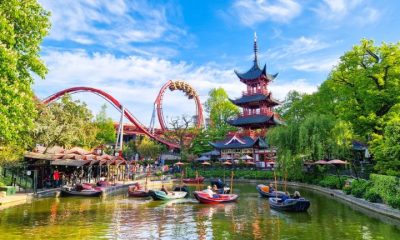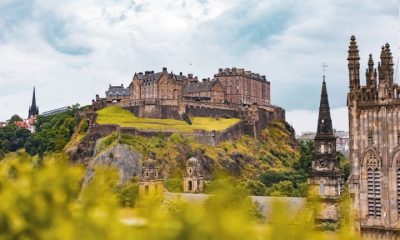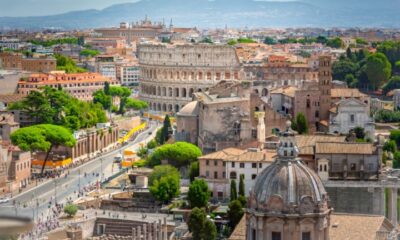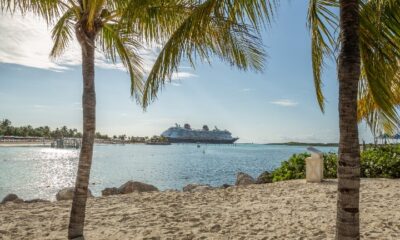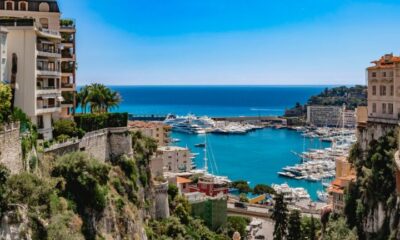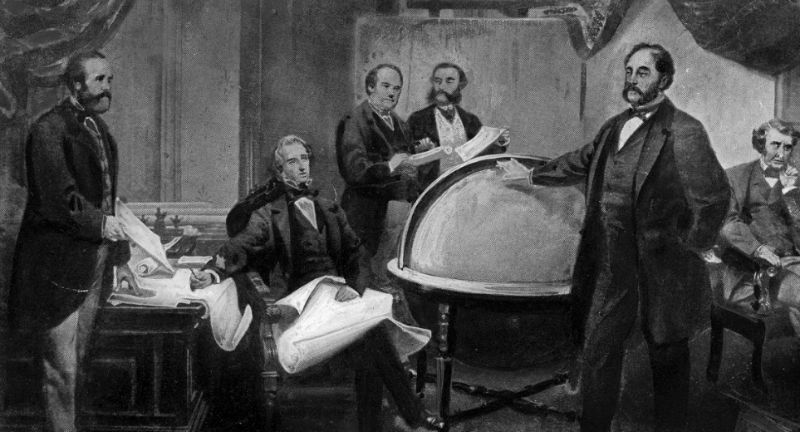
Shutterstock
Known as the “Last Frontier,” Alaska is a land of awe-inspiring wilderness, rich indigenous cultures, and unexpected historical twists. This area was once dismissed as an “arctic wasteland”, but has since revealed itself as a treasure trove of natural resources, vibrant cultures, and strategic importance. From epic gold rushes and towering volcanoes to its role as a WWII battleground, Alaska’s past is filled with astonishing tales of survival, discovery, and resilience.
Here are some surprising and unusual facts about Alaska that showcase its extraordinary history and enduring allure.
Alaska Was Once Part of Russia

Getty
Before becoming part of the U.S., Alaska was a Russian territory, and the Russian-American Company established several settlements in the region in the late 1700s. Russian Orthodox missionaries played a significant role in the cultural exchange, introducing Christianity to the indigenous peoples of Alaska. However, Russia found the territory too expensive to maintain, especially after over-exploiting its fur trade resources. This led to the decision to sell Alaska to the United States in 1867, which drastically changed the region’s trajectory.
The Purchase of Alaska Was Mocked
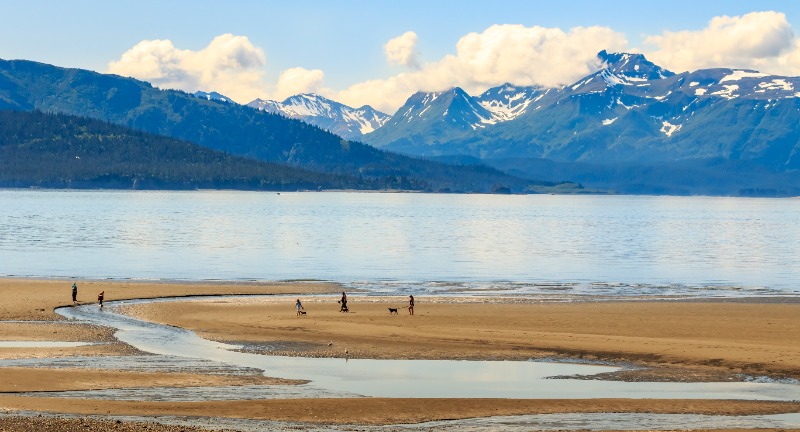
Shutterstock
When the U.S. bought Alaska from Russia in 1867 for $7.2 million, the deal was widely criticized by the American public and press, who referred to it as “Seward’s Folly” or “Seward’s Icebox.” At the time, many people believed that the land was a frozen wasteland with little to offer. However, the purchase turned out to be a stroke of genius, as Alaska later proved to be rich in natural resources like gold, oil, and fish. Today, the acquisition is regarded as one of the best land deals in U.S. history.
Alaska Became a U.S. State in 1959
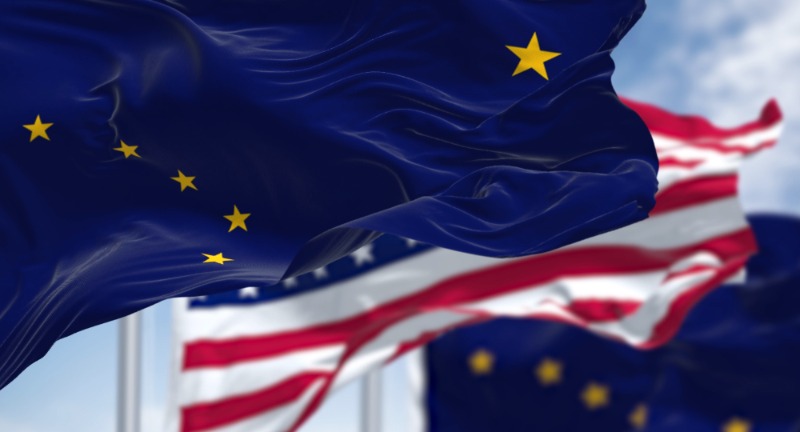
Shutterstock
Although the U.S. acquired Alaska in 1867, it wasn’t until nearly a century later that it achieved statehood on January 3, 1959, becoming the 49th state. For decades, Alaskans pushed for statehood, arguing that they lacked representation in the federal government despite paying taxes. World War II heightened Alaska’s strategic importance, and the post-war economic boom helped to pave the way for statehood. Alaska’s admission marked a turning point in its development, setting the stage for modernization and growth.
Alaska Has the Most Coastline of Any U.S. State
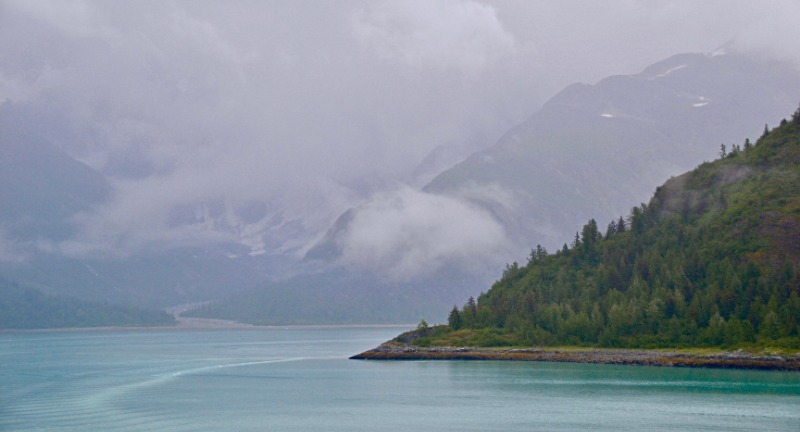
Shutterstock
Alaska’s coastline stretches over 6,640 miles, making it the longest of any U.S. state and larger than the combined coastlines of all other states. If you include the shorelines of Alaska’s numerous islands, bays, and inlets, the total grows to an astounding 33,904 miles. This vast coastal area is rich in marine life and natural resources, contributing significantly to Alaska’s fishing and oil industries. Its waters are also a major part of the Pacific maritime ecosystem, which supports whales, seals, and a wide variety of bird species.
Nome’s 1925 Serum Run
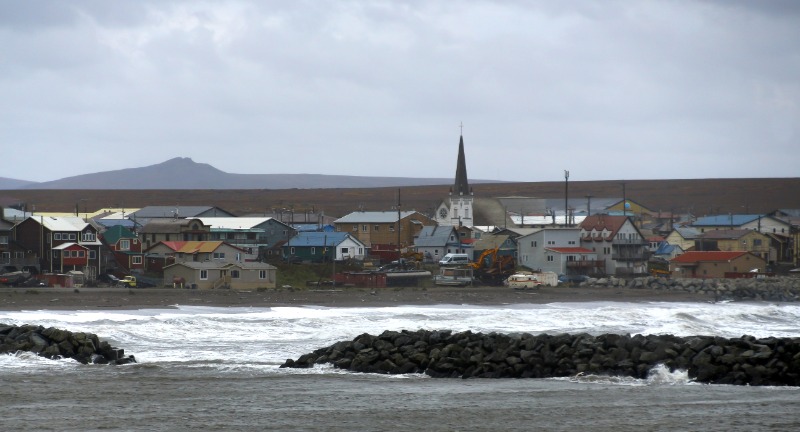
Shutterstock
In the winter of 1925, a deadly diphtheria outbreak threatened the isolated town of Nome, and without a cure, the entire community faced devastation. The only way to get lifesaving serum to the town was through a relay of dog sled teams, braving nearly 700 miles of harsh Alaskan wilderness. The feat became legendary, particularly the efforts of Balto, the lead dog who completed the final leg of the journey. This event is still commemorated annually by the Iditarod Trail Sled Dog Race, celebrating the endurance and spirit of Alaska’s mushers and dogs.
Gold Rush Fever
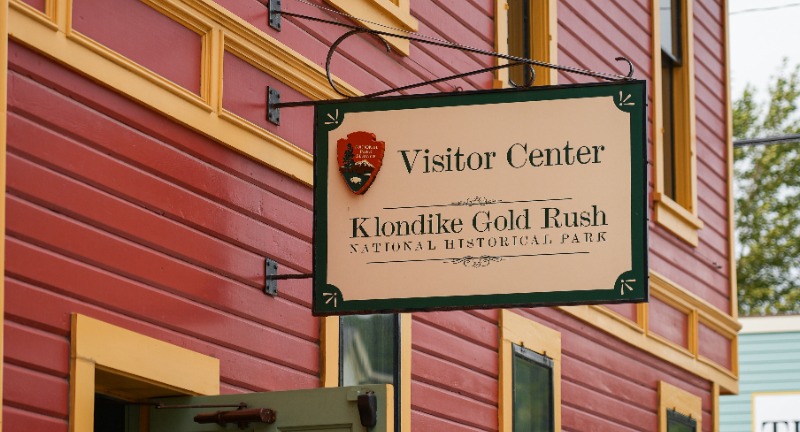
Shutterstock
Alaska experienced multiple gold rushes, with the Klondike Gold Rush (1896–1899) being the most famous, drawing tens of thousands of prospectors to the region. Although the initial gold discovery occurred in Canada’s Yukon, many stampeders traveled through Alaska to reach the goldfields. The influx of people boosted the local economy, led to the establishment of key towns like Skagway and Nome, and brought greater national attention to the territory. Even after the rushes subsided, gold mining remained an important industry in Alaska, which continues to produce significant amounts of gold today.
North America’s Tallest Peak Is In Alaska
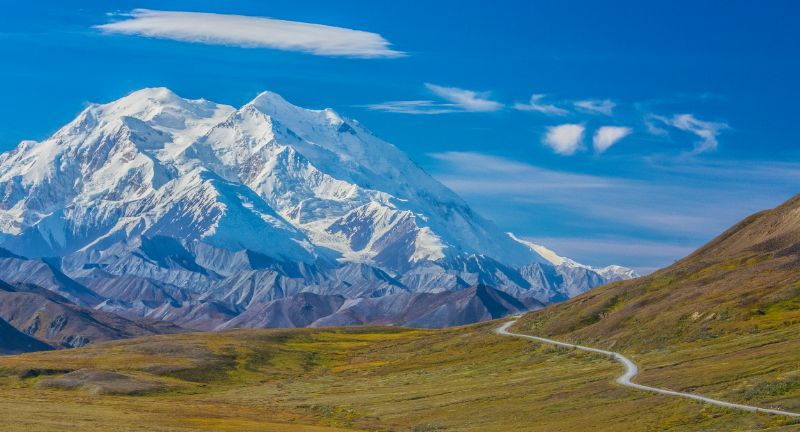
Shutterstock
Standing at 20,310 feet, Denali is the tallest mountain in North America, dominating the Alaskan landscape. It is part of the Alaska Range, which is home to some of the most rugged and dramatic mountain scenery in the world. Denali’s height and harsh conditions make it one of the most challenging peaks to climb, attracting mountaineers from around the globe. The mountain holds great cultural significance for Alaska’s indigenous peoples, particularly the Athabaskan people, who named it “Denali,” meaning “The High One.”
Alaska Is Home to the Northernmost U.S. Town
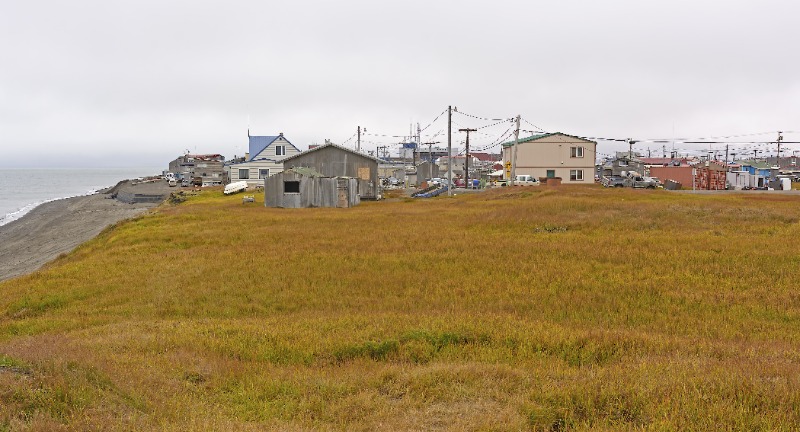
Shutterstock
The town of Utqiaġvik, formerly known as Barrow, is the northernmost settlement in the United States, located above the Arctic Circle. It experiences extreme polar conditions, including a period of complete darkness in winter, known as polar night, which lasts for about 65 days. Conversely, during the summer months, the sun remains above the horizon for 24 hours, creating the phenomenon known as the midnight sun. Despite its remote location and challenging environment, Utqiaġvik is a hub of cultural and scientific activity, particularly in the study of climate change and Arctic ecosystems.
The Largest Earthquake in U.S. History
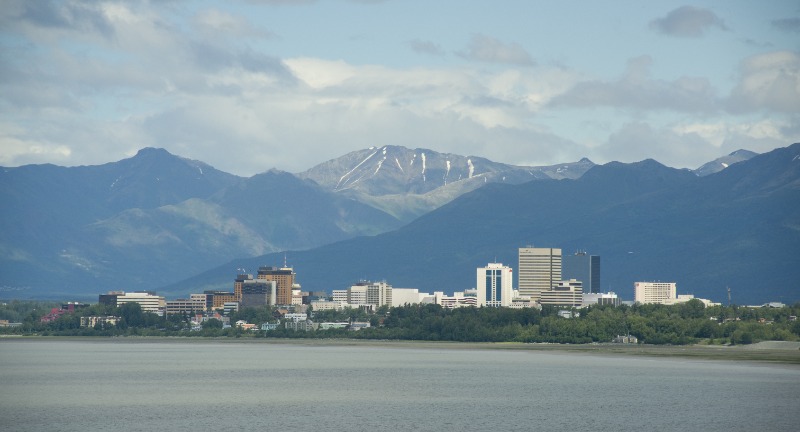
Shutterstock
On March 27, 1964, Alaska was struck by a massive earthquake that measured 9.2 on the Richter scale, making it the most powerful earthquake in U.S. history. The earthquake, which lasted for about 4.5 minutes, caused widespread destruction, particularly in Anchorage, and generated tsunamis that wreaked havoc along the Pacific coast. The disaster claimed 131 lives and caused $311 million in damage, but it also led to significant improvements in earthquake science and building codes. The 1964 quake remains one of the most studied seismic events globally due to its intensity and the lessons learned from it.
Alaska’s Unique Time Zone History
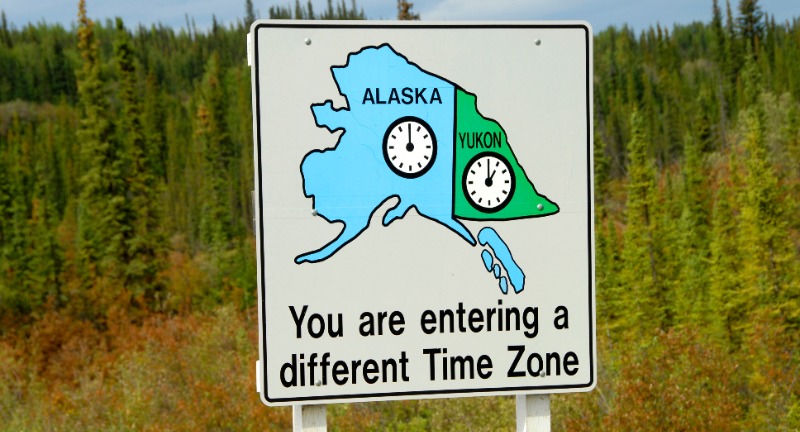
Shutterstock
Alaska’s timekeeping was once much more complicated, as the state used to be divided into four time zones to account for its vast size. However, in 1983, the state decided to simplify its time zones, reducing them to two: Alaska Time and Hawaii-Aleutian Time. This decision was made to make communications and business interactions easier, especially with the rest of the U.S. mainland. Today, most of Alaska operates on Alaska Time, which is one hour behind Pacific Standard Time.
The Alaskan Pipeline
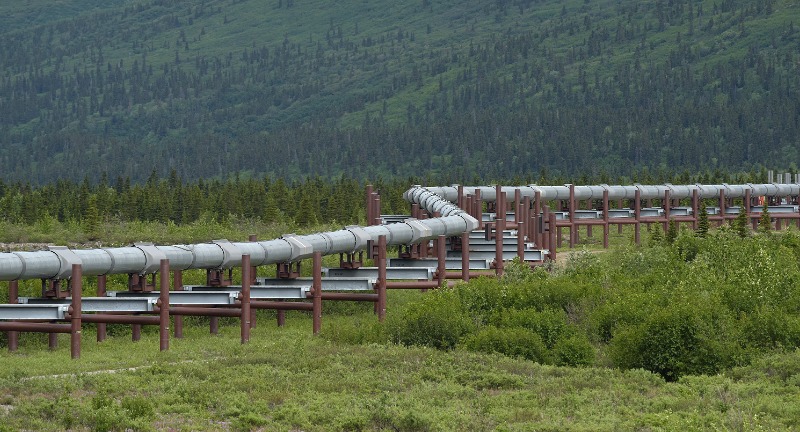
Shutterstock
The Trans-Alaska Pipeline, which stretches 800 miles from Prudhoe Bay on the North Slope to the port of Valdez, is one of the largest pipeline systems in the world. Completed in 1977 after the discovery of massive oil reserves at Prudhoe Bay, the pipeline was an engineering marvel, designed to withstand earthquakes, extreme cold, and the challenges of permafrost. It has been a crucial part of Alaska’s economy, transporting billions of barrels of oil and generating significant revenue for the state. The pipeline’s construction also sparked environmental debates and remains a symbol of the state’s natural resource wealth.
Alaska Has No Counties
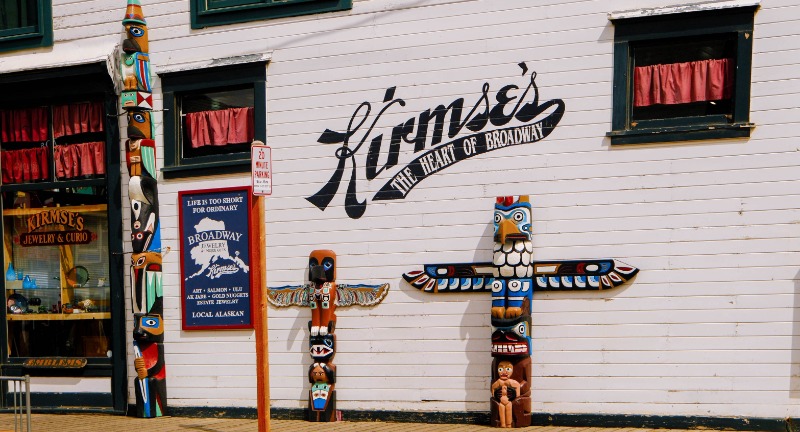
Shutterstock
Unlike other U.S. states, Alaska is not divided into counties. Instead, it is organized into boroughs and “unorganized boroughs” where no local government exists. The unorganized borough covers a large portion of the state and is managed directly by the state government. This system reflects Alaska’s sparse population and vast wilderness, making traditional county governance impractical in such remote areas.
Alaska Was the Site of a WWII Invasion
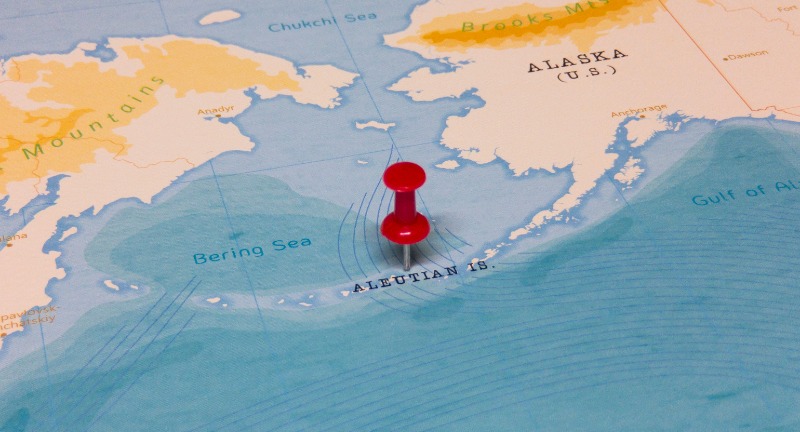
Shutterstock
During World War II, Alaska became the site of a rare invasion of U.S. soil when Japanese forces occupied the Aleutian Islands of Attu and Kiska in 1942. The islands were part of a strategic campaign to control the North Pacific, and their occupation marked the only time the U.S. mainland was invaded during the war. U.S. and Canadian forces launched a major operation to reclaim the islands in 1943, leading to some of the harshest and most remote battles of the Pacific theater. The Aleutian campaign remains a little-known chapter of WWII history, highlighting Alaska’s strategic importance.
Alaska Is the Largest State
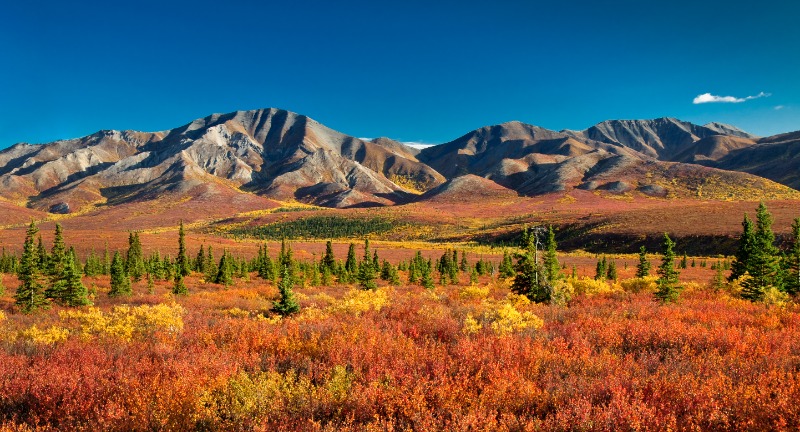
Shutterstock
Covering 663,300 square miles, Alaska is by far the largest state in the U.S., with more land than the combined area of the 22 smallest states. Despite its size, it is also one of the least populated, with vast stretches of wilderness and only a handful of cities. Alaska’s sheer size makes it home to a wide variety of ecosystems, from temperate rainforests to Arctic tundra. The state’s immense area also poses challenges in terms of transportation and infrastructure, with many communities accessible only by air or sea.
Alaska Has More Active Volcanoes Than Any Other U.S. State
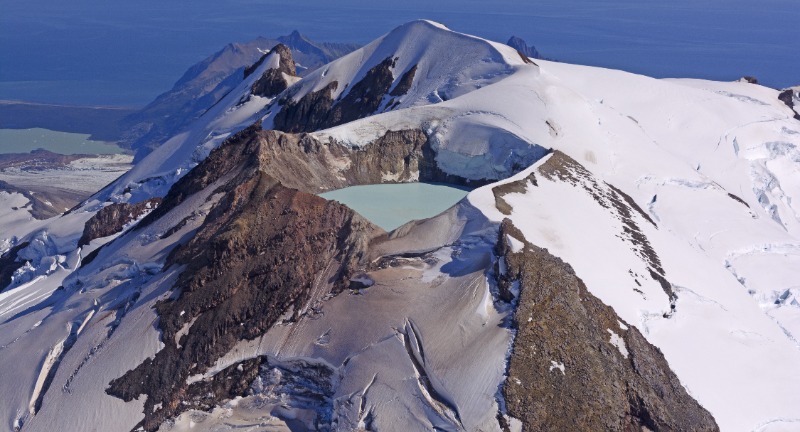
Shutterstock
Alaska sits on the Pacific Ring of Fire, a geologically active region known for earthquakes and volcanoes. The state has over 130 volcanoes, more than 50 of which have erupted in the past 200 years. The Aleutian Islands, in particular, are dotted with volcanic peaks, and eruptions are a regular occurrence. Alaska’s volcanoes, while remote, can have significant impacts on air travel and weather patterns, making them an important focus of scientific monitoring.
The Midnight Sun
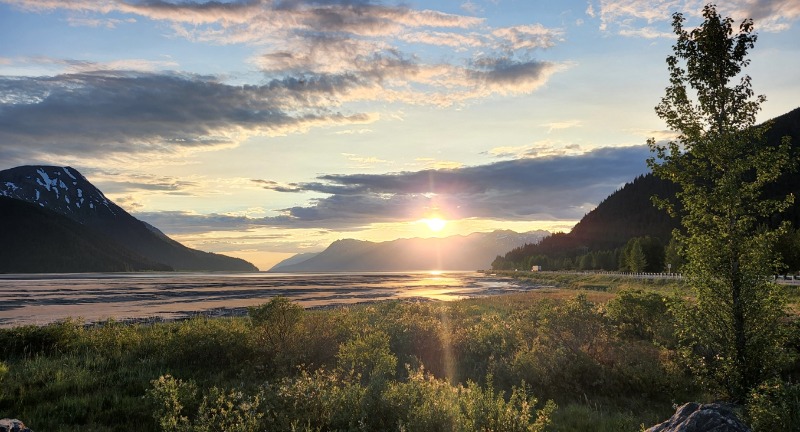
Shutterstock
During the summer months, areas of Alaska above the Arctic Circle experience the “midnight sun,” a natural phenomenon where the sun remains visible for 24 hours. In places like Utqiaġvik, the sun doesn’t set for over two months, creating long days that disrupt the concept of time and sleep patterns. Conversely, winter brings polar night, where the sun doesn’t rise for several weeks. This unique experience draws tourists but also poses challenges for residents in maintaining a regular daily schedule.
The Iditarod Trail Sled Dog Race
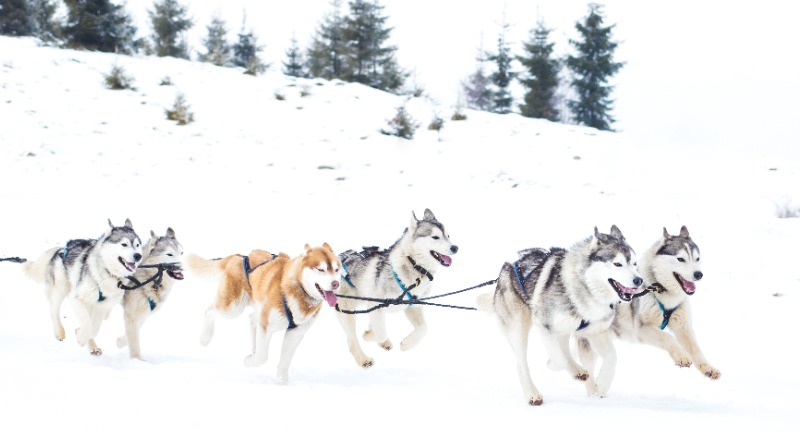
Shutterstock
The Iditarod, Alaska’s famous long-distance sled dog race, runs annually from Anchorage to Nome, covering roughly 1,000 miles of rugged terrain. The race was first held in 1973 to commemorate the historic 1925 serum run to Nome, when sled dogs carried life-saving medicine across Alaska. Today, the Iditarod is a grueling test of endurance for both mushers and their dogs, with teams battling extreme cold, wind, and isolation. It remains a symbol of Alaska’s frontier spirit and is one of the state’s most celebrated sporting events.
Alaska Had a Railroad in the 1920s
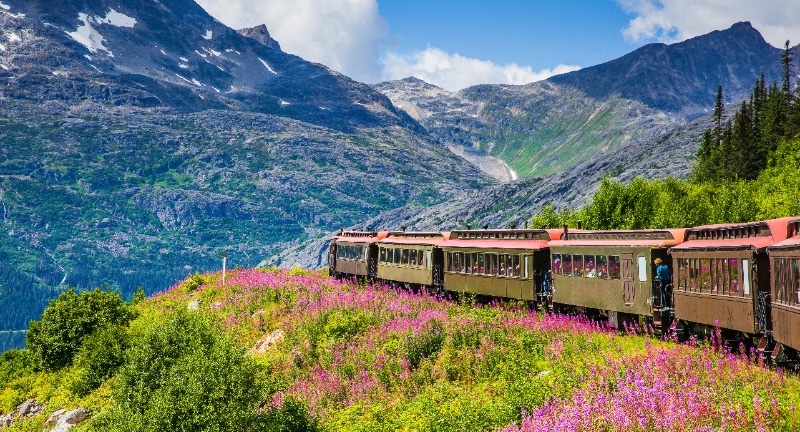
Shutterstock
The Alaska Railroad, completed in 1923, played a vital role in connecting the interior of the state with its southern ports. Spanning 470 miles from Seward to Fairbanks, the railroad made it possible to transport goods, people, and natural resources across Alaska’s rugged terrain. President Warren G. Harding personally drove the final golden spike to complete the project, marking a major milestone in the state’s development. Today, the railroad is still in operation and is popular with tourists seeking to experience the scenic beauty of the Alaskan wilderness.
Juneau Is the Only U.S. Capital With No Road Access
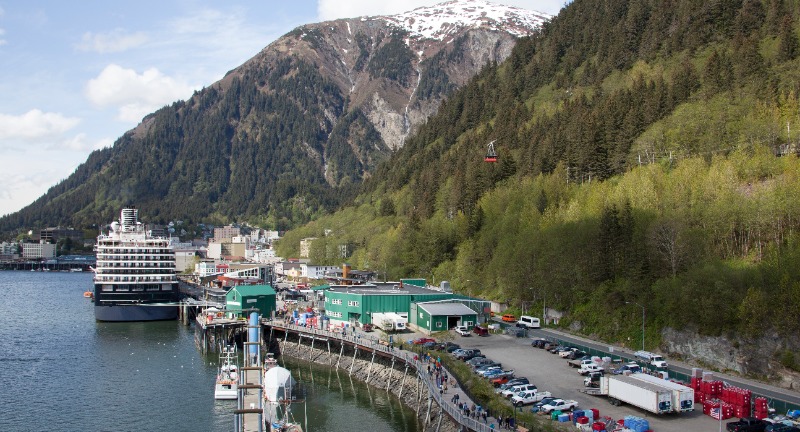
Shutterstock
Juneau, Alaska’s capital city, is one of the few U.S. state capitals that is not accessible by road. Located in the remote southeastern part of the state, Juneau can only be reached by boat or plane, adding to its unique charm and isolation. Despite its lack of road access, Juneau plays a critical role in Alaska’s political and economic life, housing the state government and serving as a hub for tourism. Its picturesque setting, surrounded by mountains and waterways, makes it a popular destination for nature lovers.
Alaska’s Tall-Tale Mosquitoes
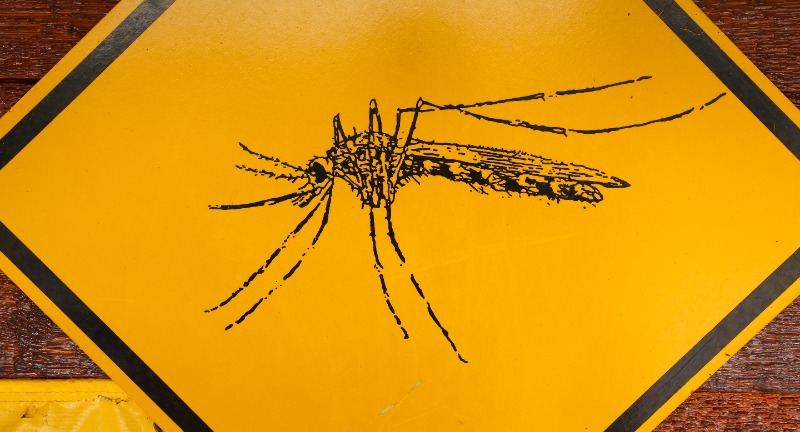
Shutterstock
Alaska’s long summer days come with an unexpected annoyance—swarms of mosquitoes, which are particularly notorious in the state’s interior. Alaskan mosquitoes are larger and more aggressive than their southern counterparts, earning them the tongue-in-cheek nickname “the state bird.” While they can make outdoor activities uncomfortable, the mosquitoes play a role in the local ecosystem by providing food for birds and other wildlife. Alaskans have developed various methods for dealing with these insects, from special clothing to bug sprays, making summer outdoor life bearable.
The World’s Smallest Costco Is In Alaska
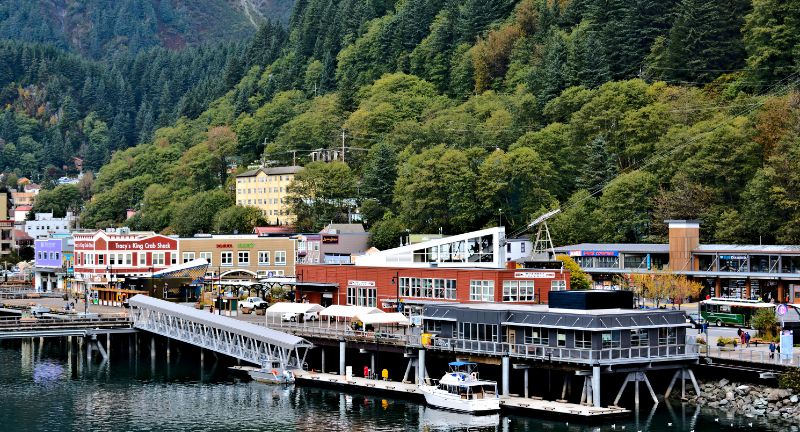
Shutterstock
Tucked away in Alaska’s remote capital, Juneau, is the world’s smallest Costco, a unique twist on the typically sprawling wholesale chain. Unlike the massive warehouses found elsewhere, Juneau’s Costco is a compact 32,000 square feet—a fraction of the size of the usual 145,000-square-foot stores. Despite its small footprint, this Costco serves a vital role for Juneau’s residents, as the city has no road access to the rest of Alaska, making bulk buying especially popular. With limited but carefully selected inventory, it offers a unique shopping experience that combines essential goods with the familiar Costco spirit, even in one of the most isolated capitals in the world.
Conclusion
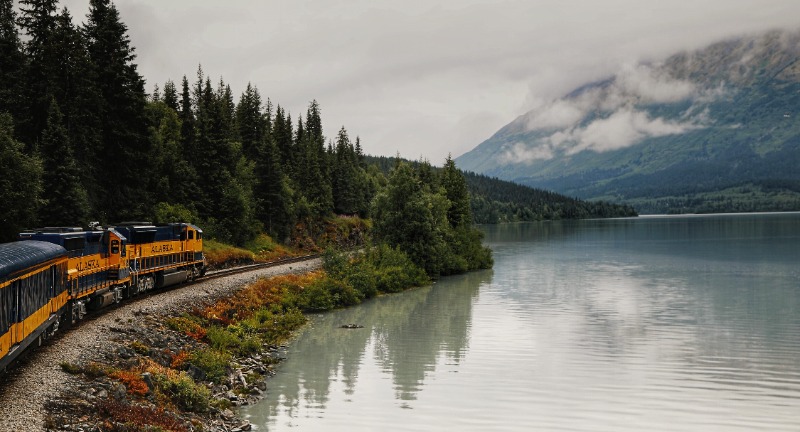
Shutterstock
Alaska’s history is as boundless and intriguing as its vast wilderness, filled with tales of resilience, adventure, and natural wonder. From its indigenous heritage to its critical role in U.S. history, Alaska continues to captivate with stories that blend mystery and awe. These 21 facts only scratch the surface of what makes Alaska truly unique, highlighting a state where culture, landscape, and history collide in remarkable ways. Whether it’s through the midnight sun or towering peaks, Alaska remains an unparalleled testament to nature’s power and humanity’s enduring spirit.

 News2 months ago
News2 months ago
 Lifestyle3 months ago
Lifestyle3 months ago
 Entertainment3 days ago
Entertainment3 days ago
 Entertainment3 days ago
Entertainment3 days ago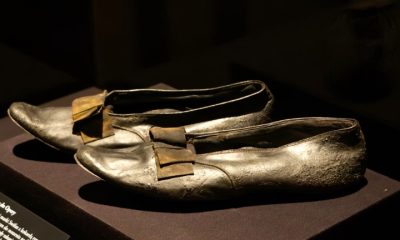
 Lifestyle2 months ago
Lifestyle2 months ago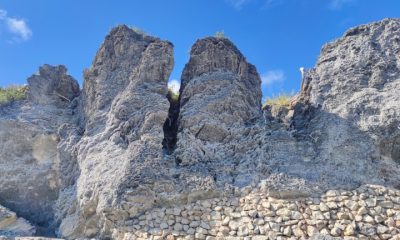
 News2 months ago
News2 months ago
 Lifestyle2 months ago
Lifestyle2 months ago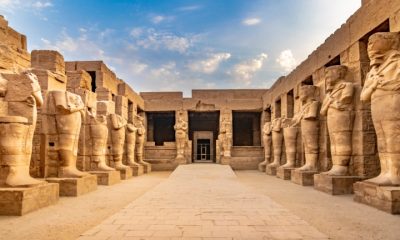
 Lifestyle2 months ago
Lifestyle2 months ago
























